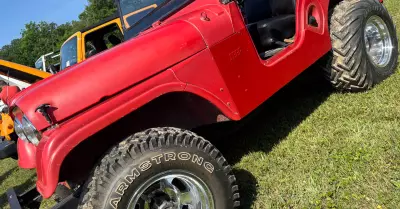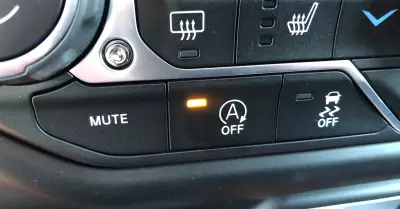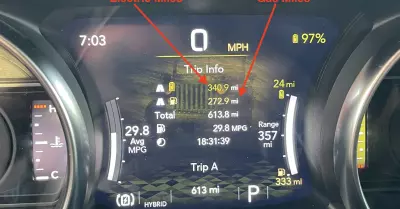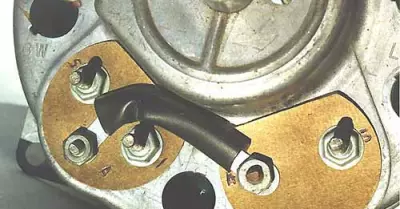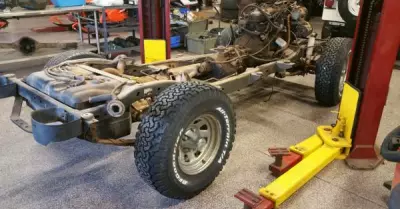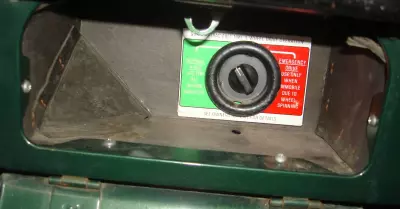We found this excellent article originally written by Drivetrain Specialists. In this article some of the mysteries involved in figuring out driveline angles are simplified.The u-joint operating angle is the angle formed by two yokes connected by a cross and bearing kit. There are two kinds of u-joint angles.
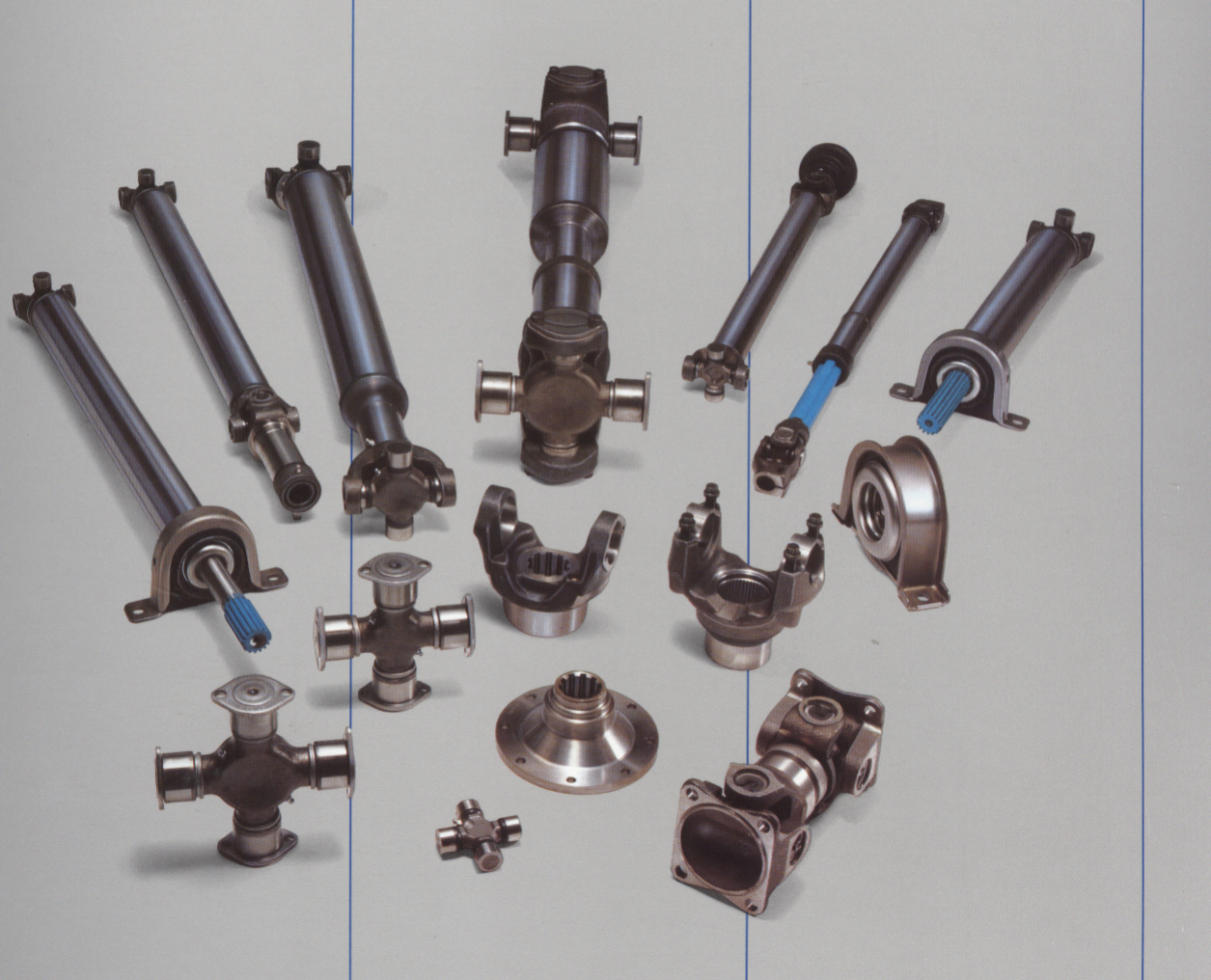
The simple one plane angle found in most installations has all driveline slope confined to one plane, usually the vertical plane. The other type of driveline angle is compound angle in two planes. This is found in driveline designs where offset exists in both the vertical and horizontal planes.
[ezcol_1half]
One Plane Angle Driveshafts, Side & Top View
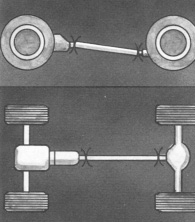
[/ezcol_1half] [ezcol_1half_end]
Two Plane Angle Driveshaft, Side & Top View
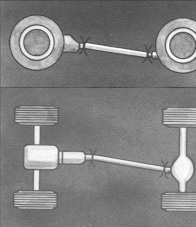
[/ezcol_1half_end]
High angles combined with high RPM is the worst combination, resulting in reduced u-joint life. Too large and unequal u-joint angles can cause vibrations and contribute to u-joint, transmission and differential problems. The improper u-joint angles must be corrected.
Ideally, the operating angles on each end of the driveshaft should be equal to or within 1 degree of each other, have a 3 degree maximum operating angle and have at least 1/2 of a degree continuous operating angle.
RPM is the main factor though in determining maximum allowable operating angles. As a guide to maximum normal operating angles, refer to the following chart:
| DRIVESHAFT RPM | MAX. NORMAL OPERATING ANGLE |
| 5000 | 3.25º |
| 4500 | 3.67º |
| 4000 | 4.25º |
| 3500 | 5.00º |
| 3000 | 5.83º |
| 2500 | 7.00º |
| 2000 | 8.67º |
| 1500 | 11.5º |
When the transmission output shaft centerline and axle input shaft centerline are parallel, the u-joint operating angle permissible is length of driveshaft divided by five. Example: A short coupled driveshaft with a 15″ length would be limited to 3 degrees maximum operating angle. A 30″ shaft would be limited to 6 degrees.
When the transmission output shaft centerline and axle input shaft centerline intersect midway of the driveshaft, the joint angles are equal. However, due to the change to unequal joint angles during up and down axle movement, this is a more undesirable condition than parallel centerlines. In this case, the maximum u-joint operating angle is determined by dividing length of driveshaft by ten. Example: A 30″ driveshaft with intersecting angles would have a 3 degree permissible operating angle.



